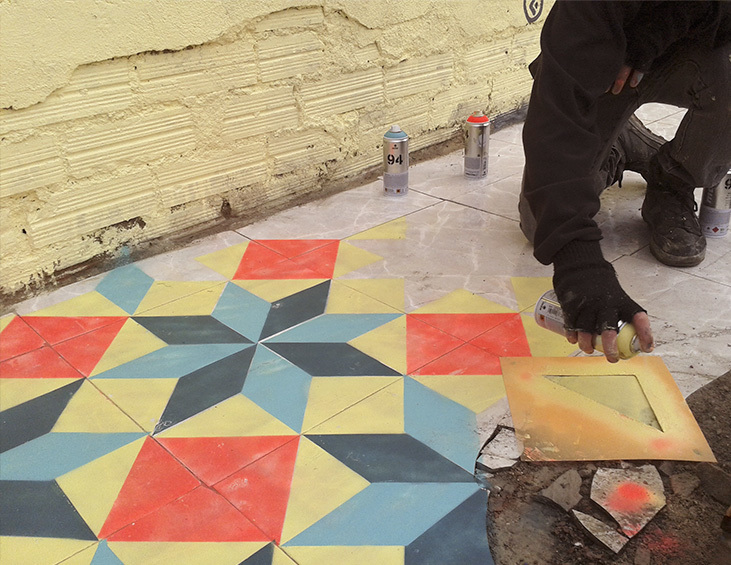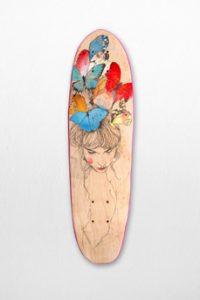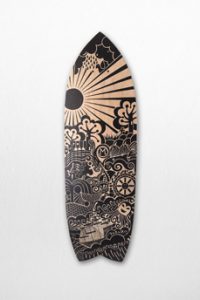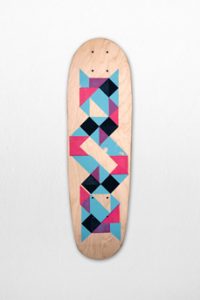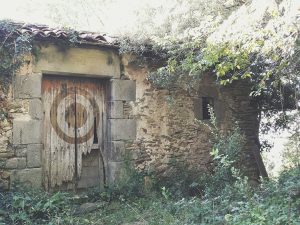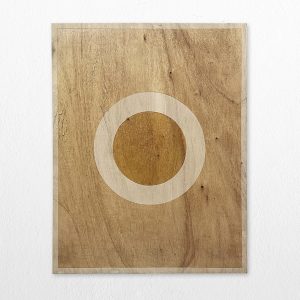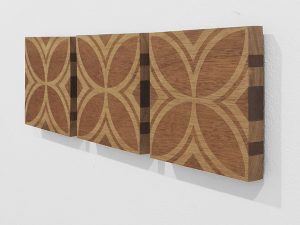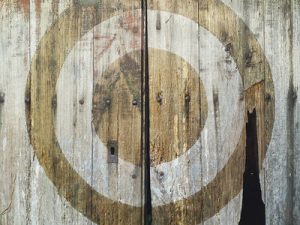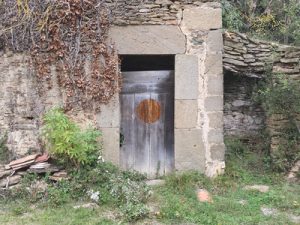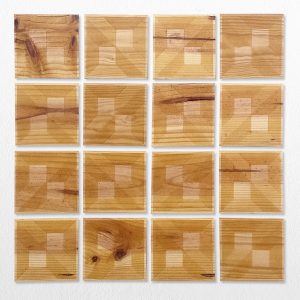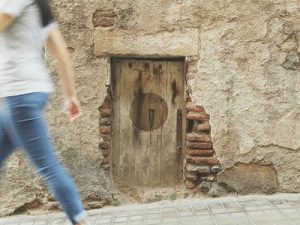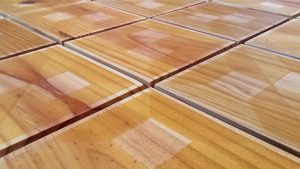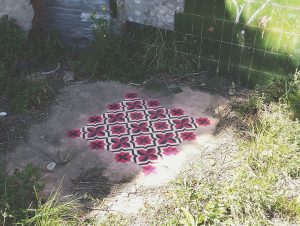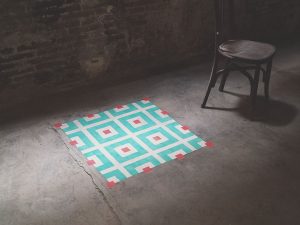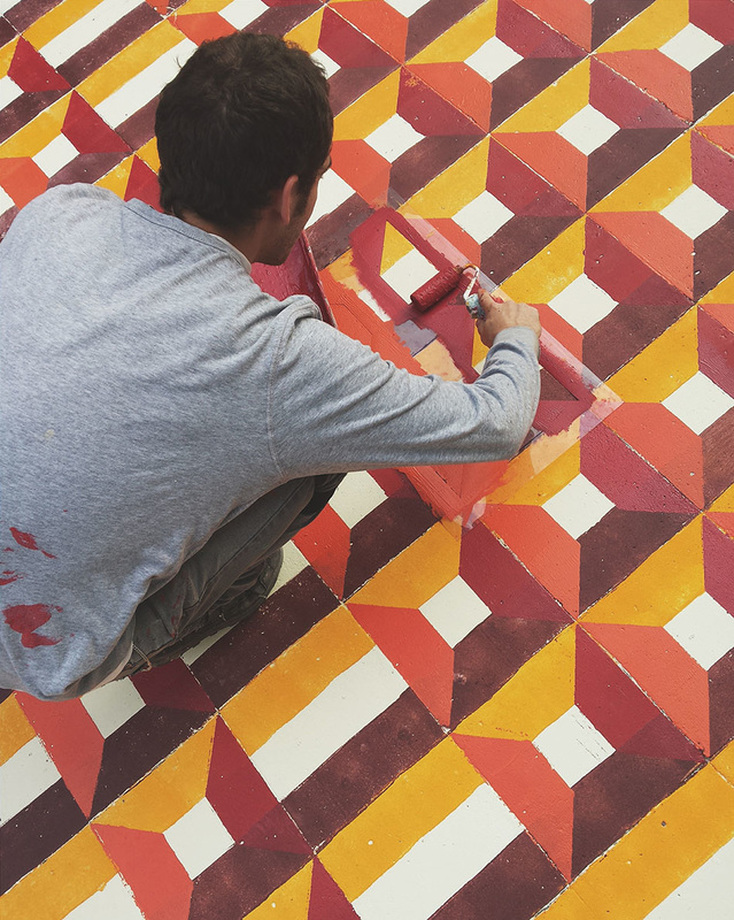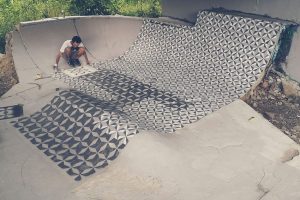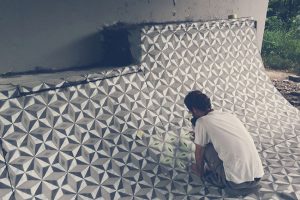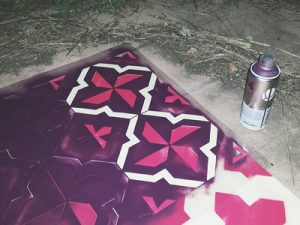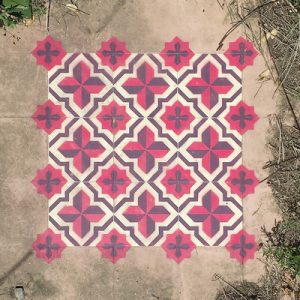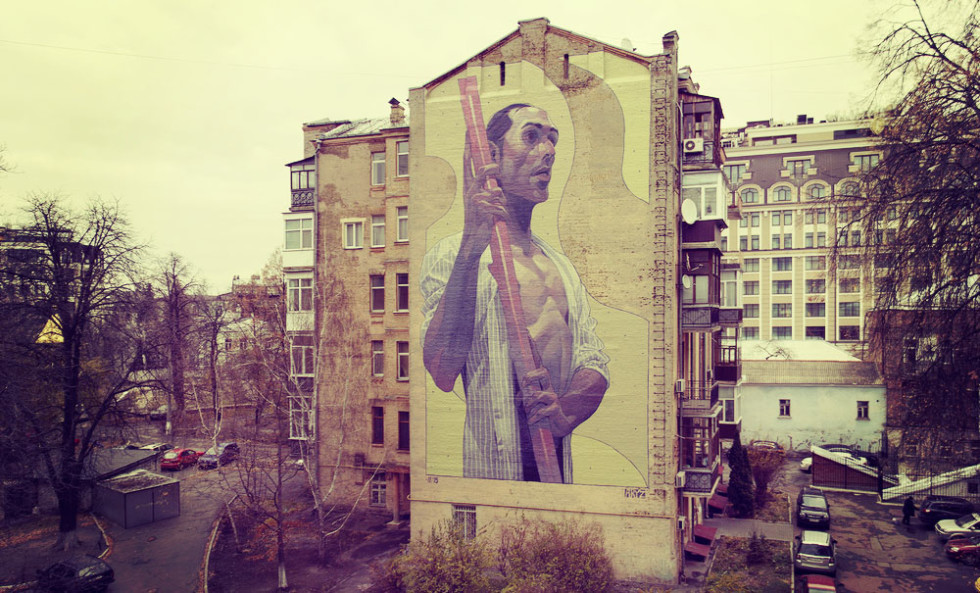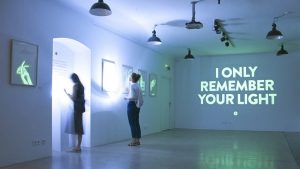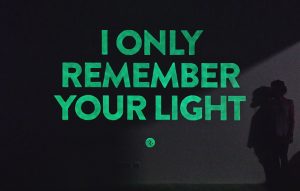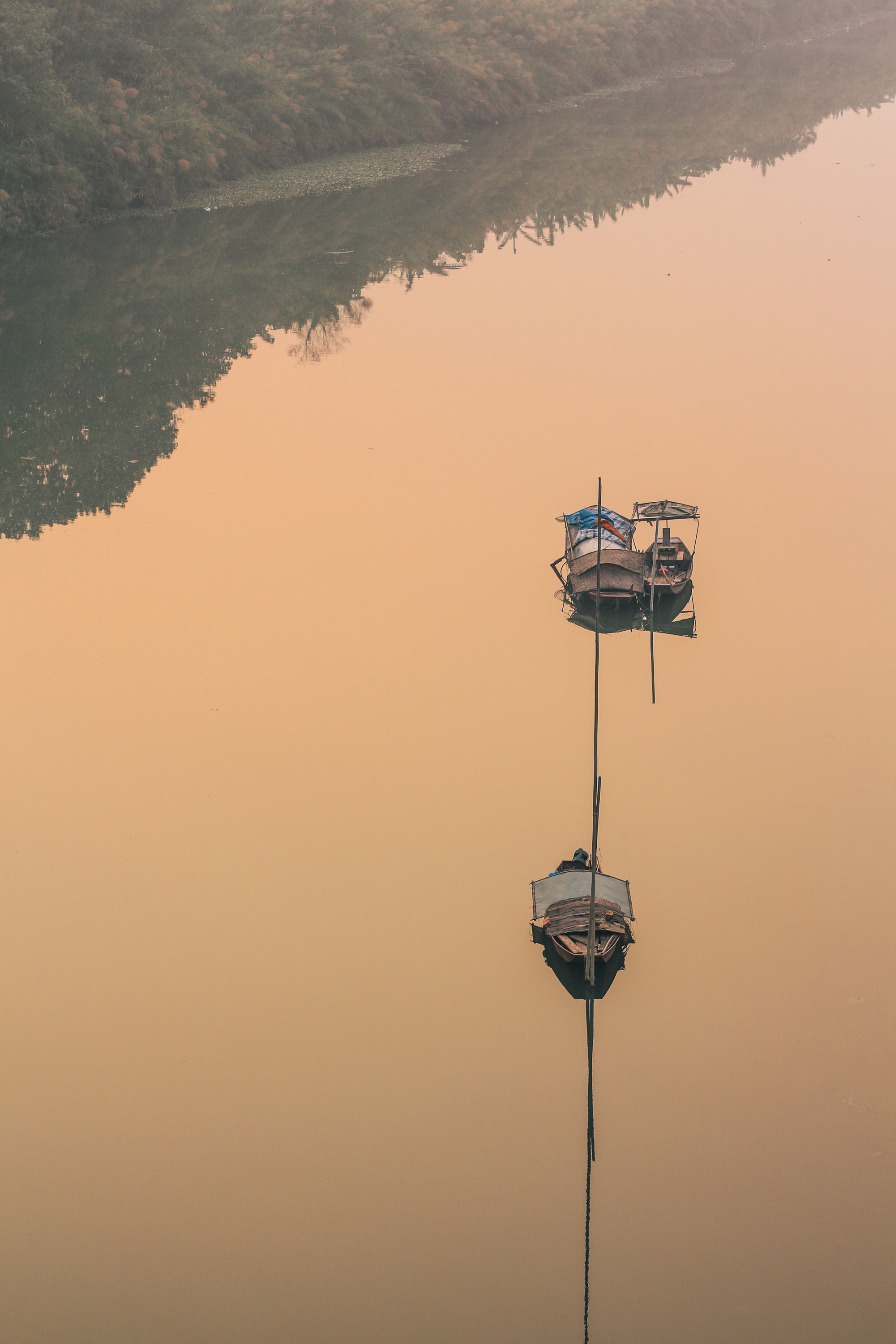Why Surface Matters
Javi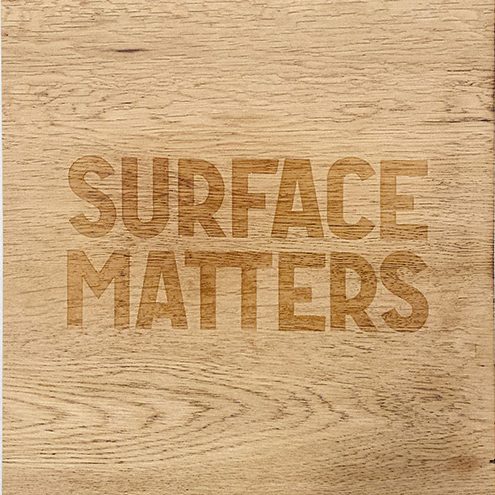 er de Riba is a 31-year old creative Catalan designer and artist, born and raised in Barcelona. He has worked at various agencies and studios in the role of Art Director. Today, he works as part of the Reskate Arts & Crafts Collective, who develop graphics and communication projects with a focus on sustainability and humane treatment. He has worked on a wide variety of projects, on many different materials involving floors, doors, wood… any surface you may think of. For Javier, each piece challenges his aesthetic, driving him to try new styles and techniques while balancing his existing abilities with his desire for growth and exploration. Benvinguts into his fascinating world!
er de Riba is a 31-year old creative Catalan designer and artist, born and raised in Barcelona. He has worked at various agencies and studios in the role of Art Director. Today, he works as part of the Reskate Arts & Crafts Collective, who develop graphics and communication projects with a focus on sustainability and humane treatment. He has worked on a wide variety of projects, on many different materials involving floors, doors, wood… any surface you may think of. For Javier, each piece challenges his aesthetic, driving him to try new styles and techniques while balancing his existing abilities with his desire for growth and exploration. Benvinguts into his fascinating world!
Tell me a little bit about yourself, how did you get started?
 J.R.: I have always enjoyed seeing art in the public space, how it relates with the environment and how it engages a dialogue with people who pass by. I studied graphic design and in 2010 with Mará López, with Edu Pi, we started a project called Reskate Boards & Illustrators. So, it all started with recycling skates. We would take old skateboards, reshape them, sand them and give to visual artists for them to personalize. With this direct contact with illustrators, painters and visual artists, I learned a lot and evidently, that’s how I started developing my taste for art and art skills.
J.R.: I have always enjoyed seeing art in the public space, how it relates with the environment and how it engages a dialogue with people who pass by. I studied graphic design and in 2010 with Mará López, with Edu Pi, we started a project called Reskate Boards & Illustrators. So, it all started with recycling skates. We would take old skateboards, reshape them, sand them and give to visual artists for them to personalize. With this direct contact with illustrators, painters and visual artists, I learned a lot and evidently, that’s how I started developing my taste for art and art skills.
Out of all of your projects, from varnish to floors, lettering and posters… any favorite?
J.R.: Wow! It’s like talking about children (that I don’t even have yet). I always try to break my own style and switch it up. It’s what makes each project enjoyable. But let me try and develop each project on a different angle.
I obviously cannot choose, I love all of them. I think that the point is to diversify while keeping the same motivation you have when starting a project for the first time. I take each medium as a blank canvas where I get to express myself, differently. Each of those projects make me question my personal style and reinvent my self-expression.
My interest for patterns comes from historical traditions. At the end of the 19th century, hydraulic mosaic factories began to appear in the Catalan countries. Many homes here, in Catalunya, feature this type of tile, and I have lived with them all my life.
I wanted to revive this tradition, put it into light and on the street, with a modern touch.
To name one, I really enjoyed one of my last works: the Varnish project. I recollected wooden boards from the street, sanded them and varnished them with different layers to get different densities.
What’s your creative process?
J.R.: For the Floors project, I don’t spend that much time painting. Actually, I feel like I work more before and after painting than while painting. First, I look for locations and take measures. Then I make the stencil. Sometimes, it can take me various days/nights to paint: each day, I paint one layer (one color) but sometimes I mange to do it all over the same day or night. It really depends on where I paint. For the largest one I did, I spent 8 hours painting with kneepads! Once finished, I spent some time taking photos and editing the video, if I made one. Documenting and showing the space is the biggest part of the project, I would say.
Related article: “WALKING IN THE SHOES OF SEBASTIAN ERRAS IN PARIS”
For other projects, I plan ahead by seeing what the main message I want to share and deliver. Then I try to find the medium that fits best the intent because I believe that the medium is the message; finding the right medium is key as it will express the message.
Most of your work on floors highlights the beauty of urban areas. What are you trying to convey with those designs?
J.R.: In this project, I locate abandoned and grey floors and apply a pattern to them. It moves me to imagine that one day these floors harboured experiences, and were part of someone’s daily life, but that now they are left forgotten. Through my intervention, I allow this sensation to flourish – and I try to offer a testimony of these past lives.
Further, I see this project as a tribute to hydraulic mosaics. The art under our feet that was democratized at the end of the 19th century at Catalan Countries. Walls are constructed and knocked down but floors remain.
If the floors could talk…
The name of this project, “FLOORS,” does not only come from the use of flooring as a canvas, but also from “flors,” the Catalan word for flower. In abandoned tiled floors, flowers usually appear between the tiles. I want the floors/flowers to convey the power of the union.
For a full mindmap behind this article with articles, videos, and documents see #photography
Where do you get your inspiration from? Any artist/designer?
J.R.: Looking at how others work. I’m thankful that with the Internet I get to meet incredible people and work with them. Collaborating with people is a great source of inspiration. I also like looking at what other designers and street artists come up with. I never had any idols but I have a big respect for Aryz. I love his work!
Photo credit: Aryz x Ukraine
What are your ongoing projects?
J.R.: I am developing projects with Reskate Arts & Crafts. Right now, we’re working on one project called Harreman. It’s about photoluminescent paint.
I am finding new places to paint floors and I am making pieces on vegetable parchment to sell and get funds to keep on doing this project.
I’m also working at the same time on a project called Varnish. I’m doing a rural action. I find abandoned farms and work with varnish in their doors. But that could be the subject of another interview! [and I look forward to it!]
What’s next?
J.R.: I always try to think about the best way to develop new projects. I think about the medium foremost. as it is the most important part to spread a message. For me, working like that, is an exciting way to face the future. To be honest, I don’t know what’s next. I will know along the way.
Life is an adventure and his journey is an ongoing battle against stagnancy, in favor of versatility and innovation. For more on his artwork, you can find it on his website and in the Miscelanea Gallery in Barcelona… or run across some of his street art while visiting the city.
Recommended reading: “Javier de Riba Paints Patterned Tiles Onto Floors of Abandoned Urban Spaces“
_ _
Featured image: Javier de Riba
Photos courtesy: Javier de Riba.
Javier de Riba Instagram.com


